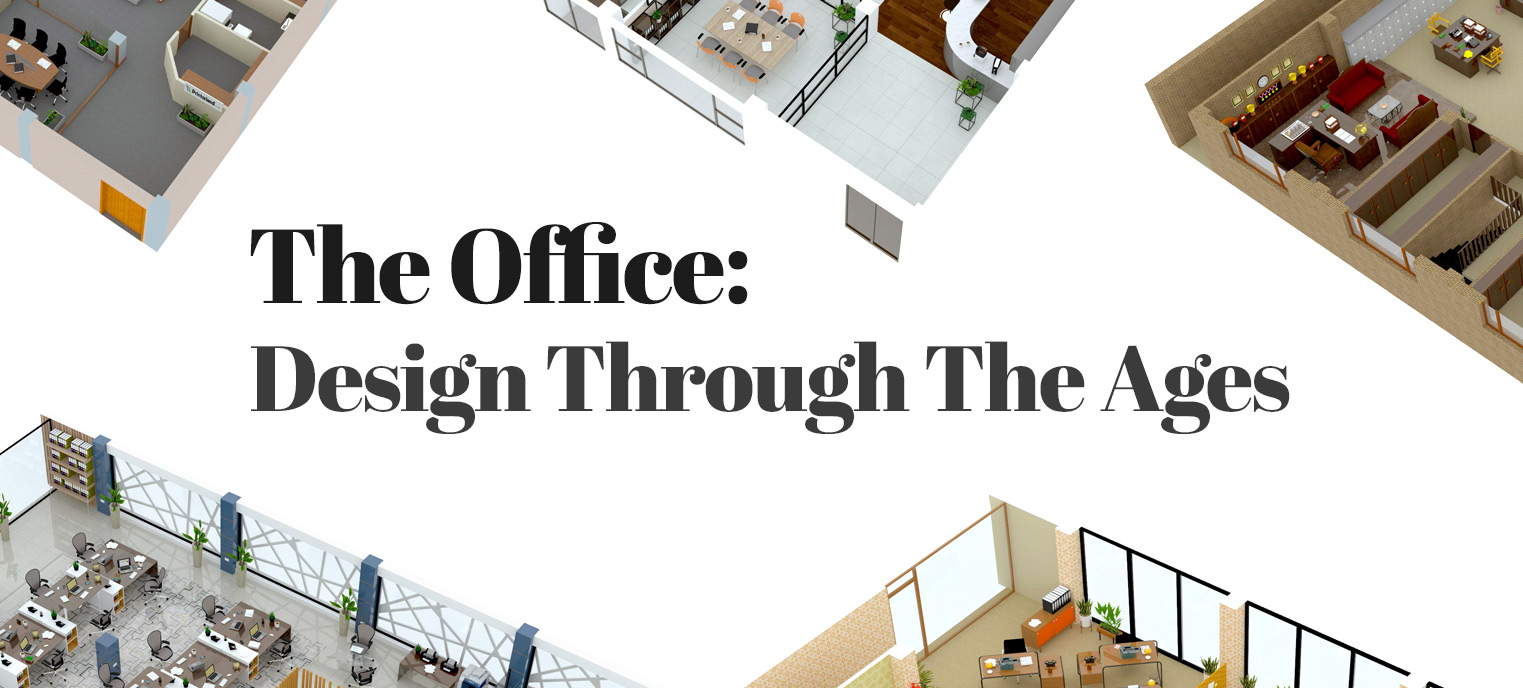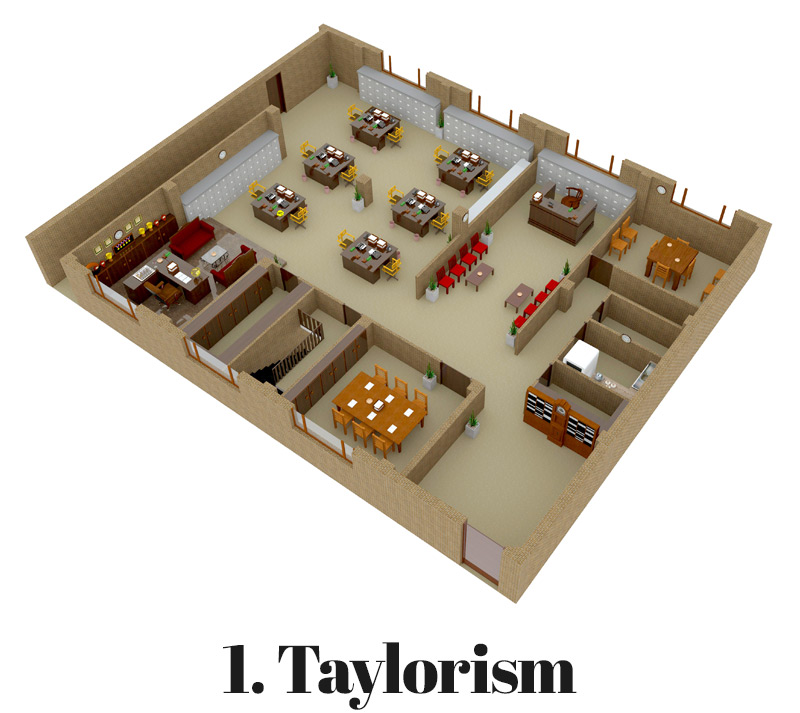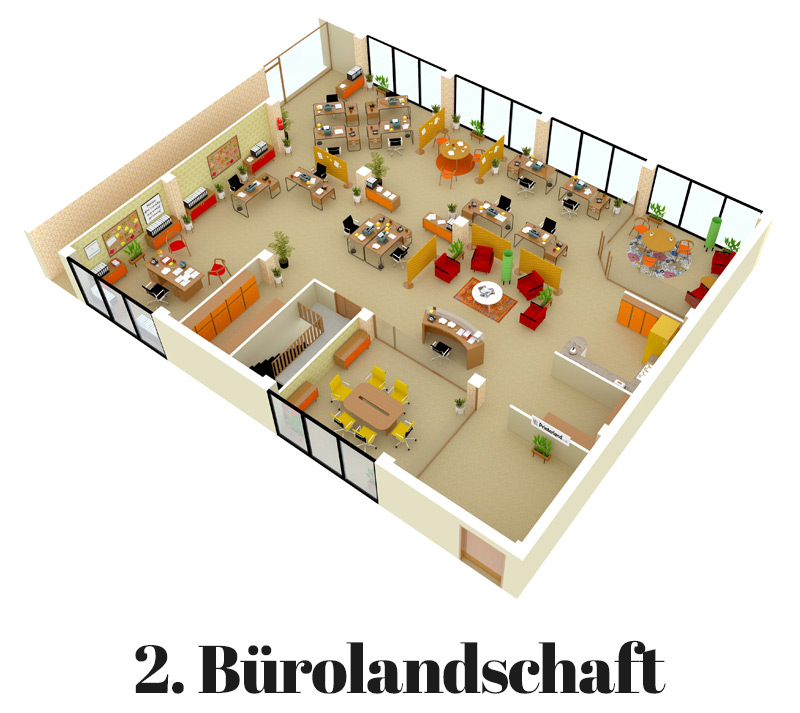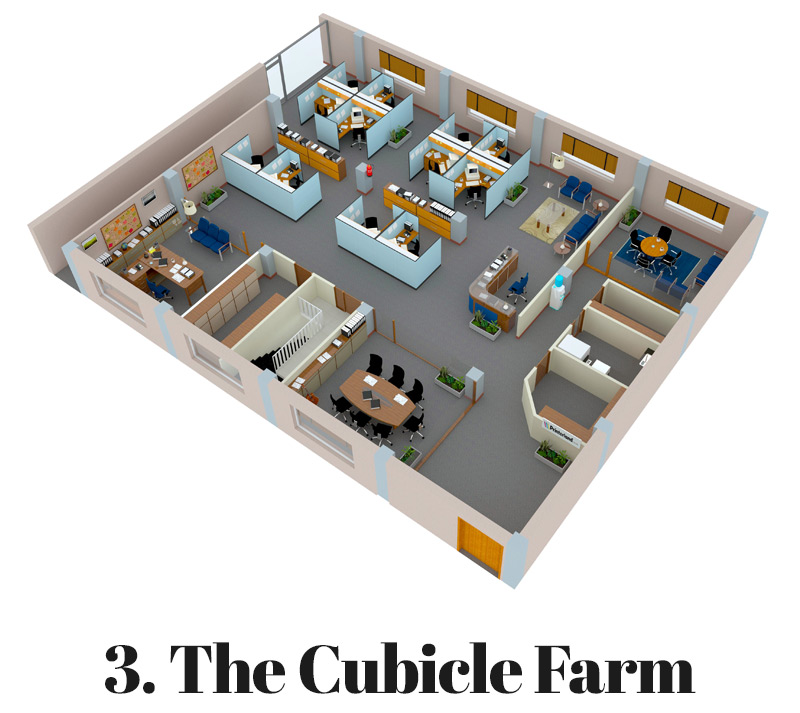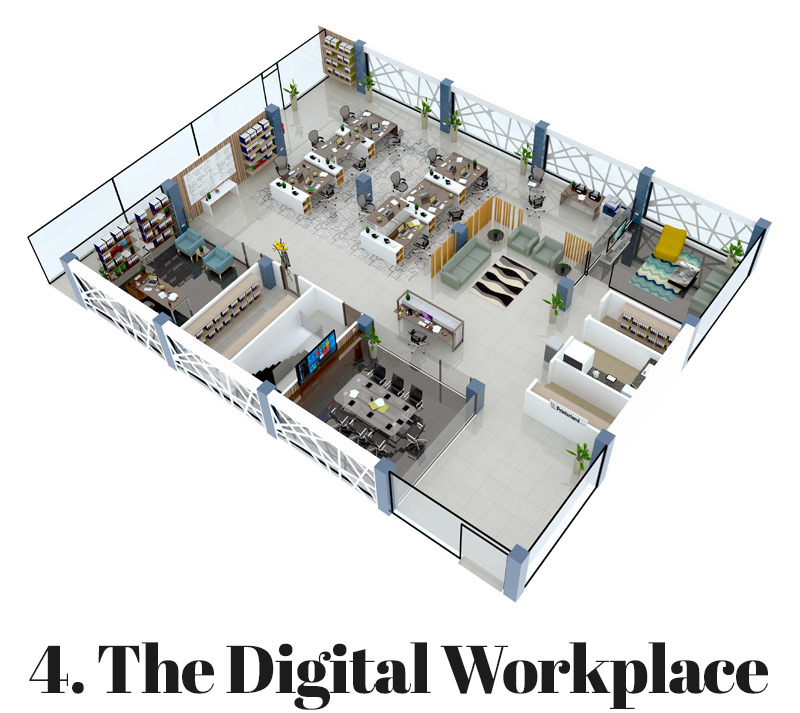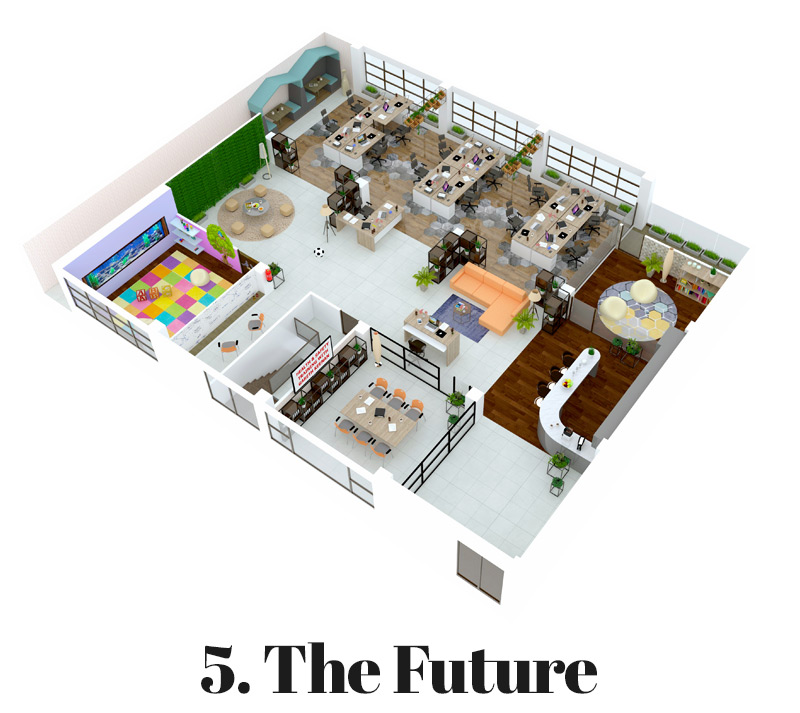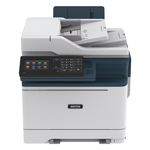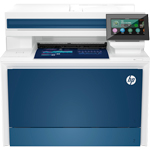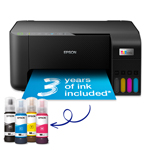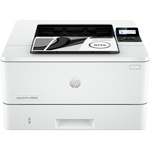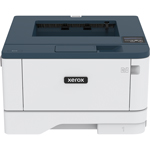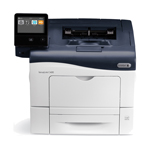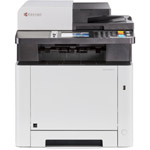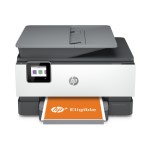Comedy Series "The Office" Reimagined Through The Key Eras Of Office Design
The setting for the BBC Two comedy series The Office is everything we dread about offices; colourless, cramped and stuffy spaces where the atmosphere is as flat as the colour scheme.
But despite the tedium we've come to associate with offices, they've been the source of some of the most utopian ideas and sentiments about working life, says Nikil Saval, author of Cubed: A Secret History of the Workplace.
Curious about how the dreary office from Slough would have looked and changed over time, we asked architectural illustrator Maseera Tariq to reimagine The Office's office during different eras of office design.
Hover over each image to enlarge it and see if you can spot the five references to the TV show.
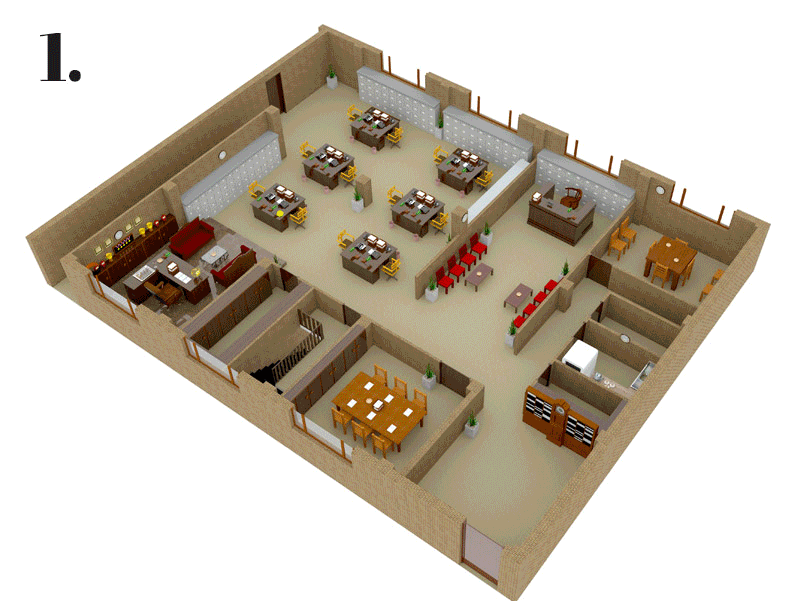
Some of the biggest leaps in office design history were made when office managers and designers put their heads together to try and solve some of the workflow and productivity problems employees experienced as offices expanded.
Unlike the factory, the office slipped into the world quietly. People started noticing them in the middle of the 19th century, and it wasn't until the end of the 19th century that people started to take their design seriously.
As you'll soon find out, new ideas in office design weren't always successful. Designers tended to take a blanket approach to their layout, each wave of new ideas making workers more unhappy than before.
Today we're in the midst of the digital revolution, which is thought be the driver of the biggest and most progressive changes we've experienced in the history of office design. New technology is freeing up space and giving businesses access to more and better resources; changing not just office design but office culture.
Taylorism, otherwise known as 'Scientific Management', involved designing workplaces so that managers and bosses would gain maximum productivity from their employees. Office layouts were rigid and regimented and workers' wellbeing was not a part of the productivity equation.
Workers were put together in an open environment where managers and bosses could observe them from private offices. As if on a conveyor belt, tasks were split up into small repetitive acts and training and retraining staff in cases of structural unemployment was rare.
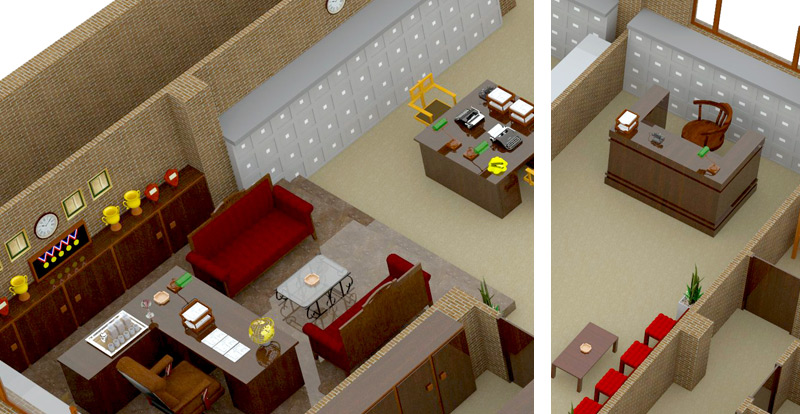
IN FOCUS: Managers positioned to keep a close eye on employee productivity
Taylorism is credited to the first ever workplace management consultant Frederick Taylor, whose ideas took hold of workplaces during the late 1800s. Although it was obsolete by the 1930s, Taylorism lives on in the form of apps and software that track and monitor the productivity of employees.
The Bürolandschaft was not just a new look for offices but a whole new way of thinking about working environments. Managers were moved from their offices onto the main floor. Desks were placed in relation to each other according to the flow of paperwork and the communication needs of teams, and areas were separated by plants and temporary screens that would give workers some level of privacy.
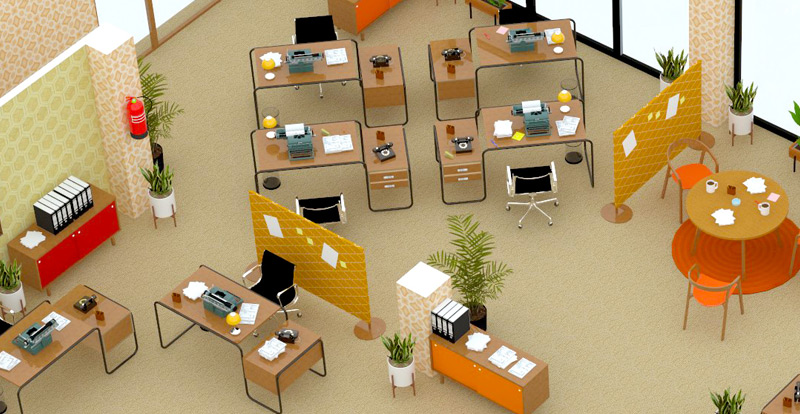
IN FOCUS: Plants provide softer partitioning whilst furniture is arranged for optimal workflow
This new approach to office design is credited to brothers Eberhard and Wolfgang Schnelle, who in the 1950s wanted to change the look and feel of offices from uniform rows of desks to a free-flowing and organic layout. It was also a welcome change after the war when people were eager to move away from the ideas of previous generations. Employees criticised this layout for being distracting and chaotic, and eventually design changes were made that would pave the way for the cubicle farm.
The late 1980s and early 90s saw the cubicle farm in full swing. The walled desks soon became synonymous with a loss of identity, lack of sunlight and diminishing contact with other people.
The corporate boxes we love to hate today were an unfortunate outcome that started with a well-meaning attempt to solve the problems previous generations had experienced with the distracting layout of the Bürolandschaft.
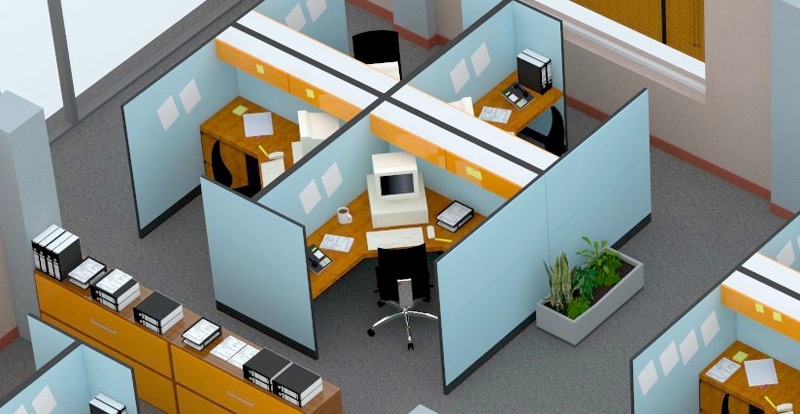
IN FOCUS: Enclosed spaces offered minimal distraction for workers
Partly responsible for the design of the earliest version of the office cubicle, was Robert Propst, an art professor who designed what was then patented as the Action Office. The Action Office was utopian at heart and consisted of shiftable modular walls that created partitions between workers. There were standing desks, moveable display surfaces and booth-like communications centres that were insulated for better sound, writes Saval.
The Action Office was redesigned and reinterpreted to eventually become the cubicle farms that inspired scenes in films where office workers, pale and socially deprived, took baseball bats to cubicle walls and office printers in fits of rage and frustration.
The 1990s saw more utopianism, fuelled by the dot-com bubble and telecommunications technology that would dramatically change the office into the digital workplace we know today. As we try to make sense of the growing number of new tools, apps, and platforms that don't yet work together or intuitively, there is one thing we can say with certainty. New technology is freeing up space in physical offices and increasing resourcefulness by letting employers hire remotely.
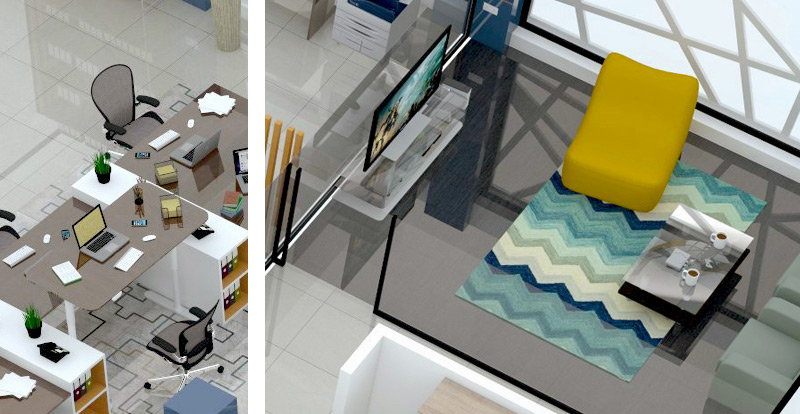
IN FOCUS: Standing desks and comfy breakout zones
Despite these already big changes, the digital workplace is still changing at a rate that will drive office design and organisational culture into a future we can only begin to imagine. Designers have predicted that this new flexibility could mean the end of the office as we know it. But workplace and experience strategist Bryan Berthold, tells us that offices will have to become places where employees want to spend their time. Different employees prefer different work environments and it will be up to employers to adopt a flexible approach to office design if they want to attract and retain the best talent.
If utopianism is what's fuelling the digital workplace, then the future is bright for office design. Technology is allowing people to work flexibly, giving both employers and employees more choice in who they work for and who they hire, which means employers will have to try harder to attract and keep the most talented employees.
Director of the co-working space Soho Works Tanya Wood expects the future workplace to be a comfortable place where people choose to spend their time without the formalities and pressure of the traditional office. With more international travel, better gender equality and socially minded employers, the future office will have places to exercise, socialise and facilities for children.
The future of office spaces will be greener in every sense says architect Norman Foster. Younger generations are already showing a deep concern for the state of the environment and will be choosing their employers based on their social agenda, sustainability credentials, the facilities they offer and lifestyles they encourage. This means that the future office will have more sustainable features, natural light, healthy food, outdoor spaces, views of nature and tech free areas that relax and encourage mindfulness.
Employers with a social agenda will change the layout of offices to meet the needs of a multigenerational and diverse work population says Bryan. Going forward, design will be based on in depth knowledge about individual employees and office designers will no longer create a 'one size fits all environment'. Instead, working spaces will be created according to people's individual preferences. "Creating an inclusive environment creates the need for design to consider everything from accommodating the visually impaired to the need for prayer rooms” says Bryan.
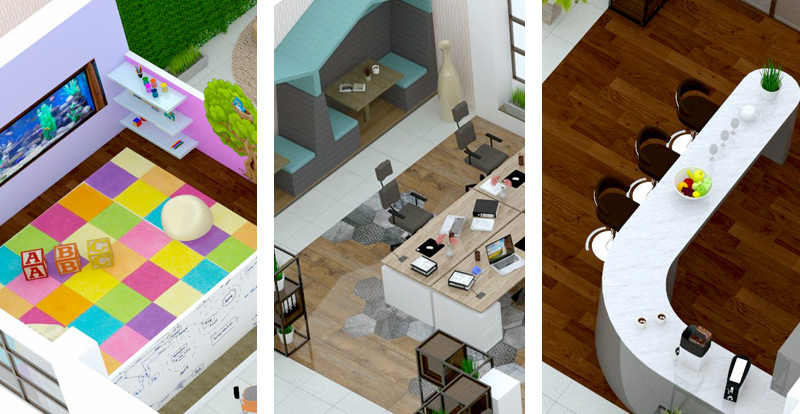
IN FOCUS: Staff welfare and work-life balance are key
The fully digital workplace will be predictive, intelligent and able to anticipate the requirements of the user for information and data say scholars Susan Williams and Petra Schubert. Augmented and virtual technologies will allow for seamless collaboration and interaction between people in different parts of the world, applications and platforms will be integrated into business processes to meet the specific requirements of organisations and mundane jobs like minute taking will be automated.
The debate about whether workers should work in open or closed spaces will be settled. Instead, workplaces will have a variety of types of working areas that will facilitate the type of work that is being done. For Bryan, this might take the shape of a variety of small huddle room spaces, informal spaces, phone booths, standing desks and rooms for collaboration.
How Did You Do?
How many of the five hidden references to The Office did you find in the designs? Here are the answers:
Answer 1: Taylorism / Stapler in the jelly (series 1, episode 1)
Answer 2: Bürolandschaft / Des'ree lyrics printed on a poster in David Brent's office (season 1, episode 5)
Answer 3: The Cubicle Farm / David Brent's "Free Love Freeway" Guitar in the conference room (season 1, episode 4)
Answer 4: The Digital Workspace / 'Monkey', impaled on a hat stand (season 2, episode 1)
Answer 5: The Future / Health & Safety training with Gareth Keenan (season 1, episode 5)

